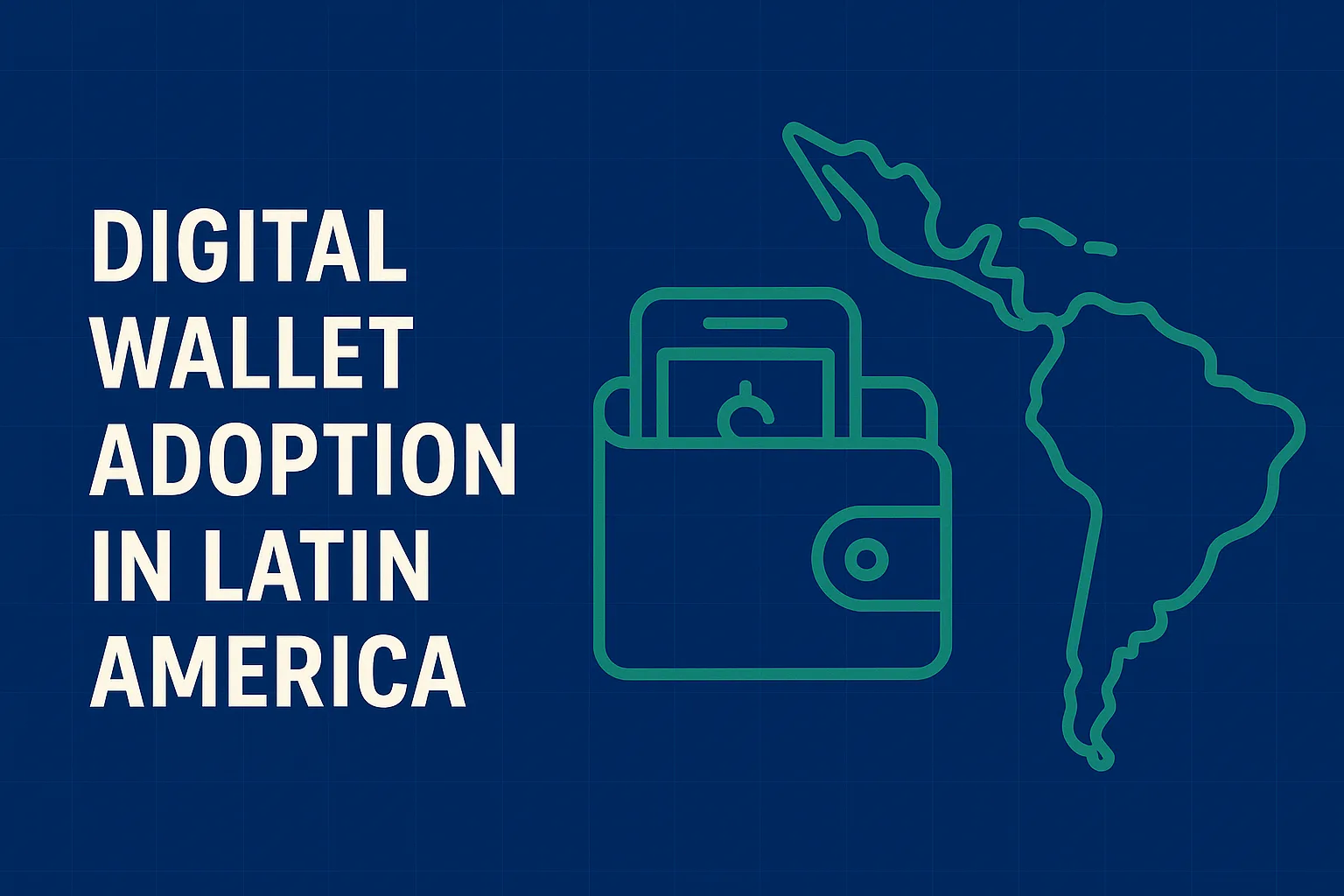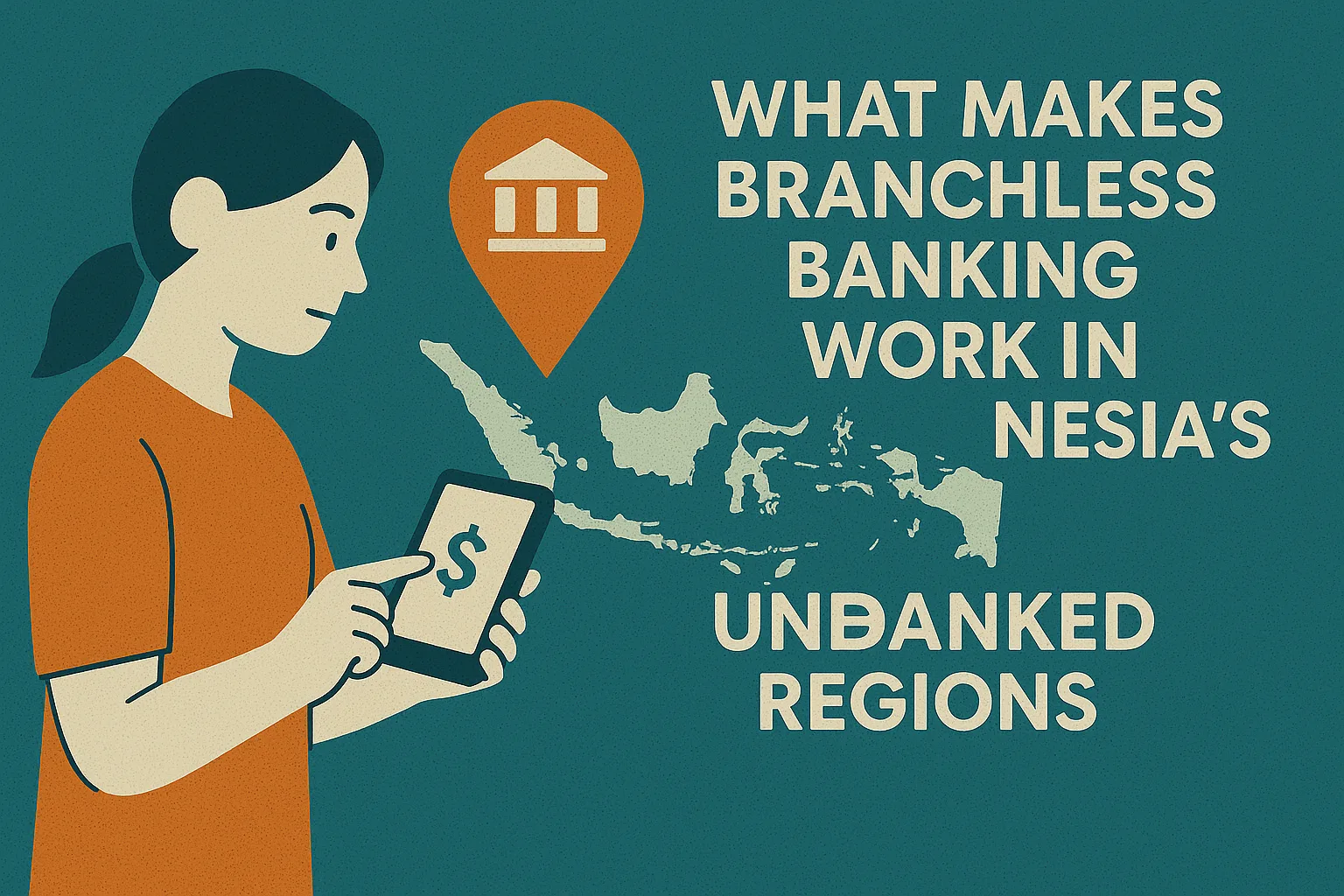The Rise of Mobile Wallets in Latin America

Digital wallet adoption in Latin America is accelerating rapidly. The focus on digital wallet adoption Latin America 2025 highlights that by 2025, over 300 million users are expected to utilize digital wallets, marking a significant increase from previous years. This surge is driven by several key factors.
Firstly, smartphone penetration has reached over 80% in countries like Brazil . This widespread access to mobile devices provides a solid foundation for digital wallet usage. Additionally, the mobile wallet market in Latin America is projected to expand by 166% between 2020 and 2025, fueled by e-commerce growth and a decreasing reliance on cash payments .
Furthermore, digital wallets contributed to approximately 20% of e-commerce transactions in Latin America in 2023, with expectations to rise beyond 30% by 2025 . This trend reflects a broader shift towards digital transactions within the region.
Over the past five years, double-digit annual growth in digital wallet usage has been recorded across Latin America, with significant uptake among both consumers and businesses. This growth is not only transforming payment methods but also promoting financial inclusion, especially in areas underserved by traditional banking infrastructure.
Factors Driving Adoption
Digital wallet adoption in Latin America is accelerating due to several key factors.
First, smartphone usage is widespread. In 2024, smartphone shipments in Latin America increased by 15%, reaching 137 million units . This growth provides a strong foundation for mobile wallet adoption.
Second, consumers are seeking more seamless, flexible, and cost-efficient payment methods. Digital wallets offer these advantages over traditional payment systems like debit cards.
Third, economic instability and inflation in the region have led consumers to seek financial independence from conventional banking systems. In Argentina, for example, inflation rates have soared, prompting many to turn to digital wallets and cryptocurrencies as alternatives.
Fourth, the region’s underserved traditional banking infrastructure is contributing to the rapid adoption of mobile-first financial solutions. Many Latin Americans lack access to traditional banking services, making digital wallets an accessible alternative .
Lastly, technological innovations and economic shifts are transforming mobile wallets from consumer-centric tools to essential components of modern commerce in Latin America. The rise of real-time payment systems like Brazil’s Pix exemplifies this trend .
Market Statistics and Projections
Digital wallet adoption in Latin America is accelerating. By 2026, over 300 million people in the region are projected to use digital wallets, highlighting a significant increase in adoption driven by economic and technological factors .
Transaction volumes for digital payments in Latin America are anticipated to reach USD 0.3 trillion by 2027, growing at a compound annual growth rate (CAGR) of over 10% from 2022 . This growth is fueled by fintech innovation, financial inclusion, and e-commerce expansion.
From 2020 to 2025, mobile wallet adoption in Latin America is expected to surge by 166%, bolstered by the growth of e-commerce and a shift away from cash-based transactions . This trend reflects a broader shift towards digital transactions within the region.
More than 50% of online purchases in Latin America are forecasted to utilize digital wallets by 2023, emphasizing a major shift towards digital transactions within the region . This indicates a significant change in consumer behavior towards digital payments.
Latin America will account for nearly 10% of global payments revenue by 2027, as per McKinsey & Company, despite being behind regions such as Asia-Pacific and North America in overall market share . This underscores the region’s growing influence in the global digital payments landscape.
Key Players and Their Impact

Digital wallet adoption in Latin America by 2025 is accelerating, driven by fintech innovation and the need for accessible financial services.
PicPay: Brazil’s Fintech Powerhouse
PicPay stands as a dominant force in Brazil’s digital finance landscape. With over 60 million users, it offers a comprehensive suite of services, including peer-to-peer payments, bill payments, and money transfers. PicPay has also integrated Brazil’s Pix instant payment system, enhancing transaction speed and user convenience.
Nequi: Colombia’s Digital Banking Pioneer
Nequi, operated by Bancolombia, is a leading digital wallet in Colombia. It provides users with a range of financial services, such as savings, money transfers, and bill payments, all accessible through a smartphone app. Nequi has also partnered with Payoneer to simplify cross-border payments for Colombian entrepreneurs.
SMEs Embrace Mobile Wallets
Small and medium-sized enterprises (SMEs) across Latin America are increasingly adopting mobile wallets to streamline financial operations. These digital solutions offer features like payment scheduling, analytics, and integration with accounting platforms, enabling businesses to manage supplier and vendor payments more efficiently .
Other Prominent Mobile Wallet Providers
As digital wallet adoption in Latin America by 2025 accelerates, several providers are expanding their services to meet diverse financial needs.
PicPay
PicPay, based in Brazil, has evolved into a comprehensive financial platform with over 60 million users. It offers services such as credit, loans, insurance, and investments, contributing to 45% of its revenue. PicPay’s integration with Brazil’s Pix system exemplifies its role in the country’s digital transformation.
Nequi
Nequi, operated by Bancolombia, serves as Colombia’s leading mobile payments platform with 18 million users. It caters to informal workers, students, and entrepreneurs by providing savings, credit, and payment tools. Nequi’s integration with Payoneer enables users to receive international payments in Colombian pesos.
SMEs and Cross-Border Payments
Small and medium-sized enterprises (SMEs) in Latin America are increasingly adopting digital wallets for supplier and vendor payments, especially when dealing with multiple currencies. Platforms like Yogupay and Bitso offer FX-friendly payment tools for international trading. Additionally, approximately two-thirds of SMEs in Mexico, Colombia, and Brazil use apps for international money transfers
Technological Innovations Fueling Change
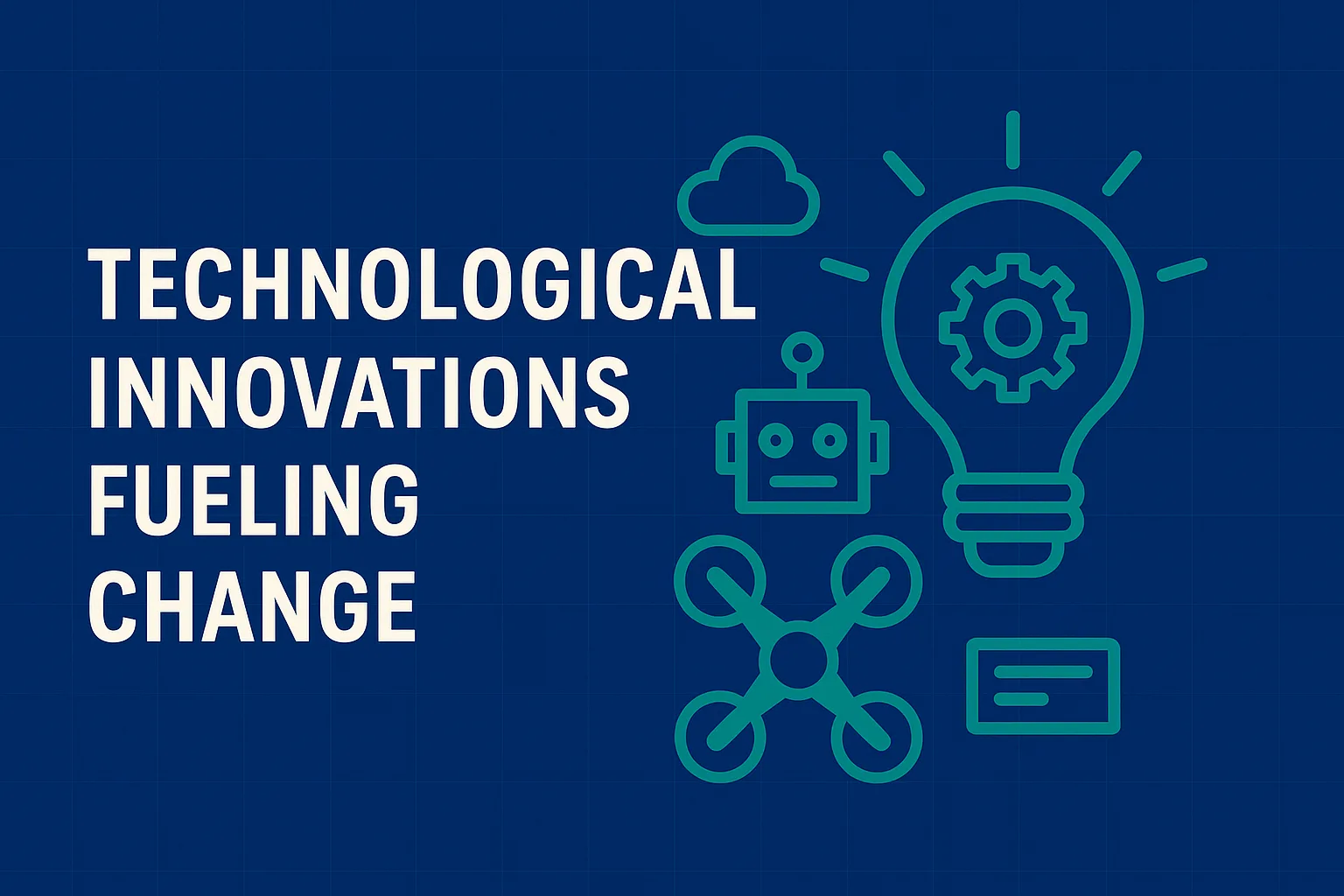
Digital wallet adoption in Latin America by 2025 is accelerating, driven by technological advancements and changing consumer behaviors.
Businesses are integrating mobile wallets with invoicing and ERP systems through APIs and plug-ins. This integration automates financial processes, such as collections and disbursements, enhancing efficiency.
Fintech companies like Mercado Pago and PicPay are expanding digital wallet capabilities into the B2B space. They support both retail and business transactions, catering to a broader market.
The region’s growing smartphone penetration is a significant factor in this shift. Countries like Brazil have seen smartphone usage reach over 80%, providing the infrastructure necessary for mobile-first solutions.
Digital wallets are transforming the e-commerce payment landscape in Latin America. In 2023, they accounted for 21% of regional e-commerce spending. This figure is expected to grow at a compound annual growth rate of 21% through 2027, indicating a strong upward trend.
Between 2020 and 2025, Latin America’s digital wallet market is projected to grow by 166%. This growth is significantly influenced by the rise of e-commerce and a diminishing reliance on cash payments.
Overall, technological innovations are not only enhancing the functionality of digital wallets but also driving their widespread adoption across Latin America.
Contactless Payment Technology
Digital wallet adoption in Latin America by 2025 is accelerating, with contactless payment technology playing a pivotal role in this transformation.
Brazil and Mexico are leading this shift. In Brazil, Pix, the instant payment system introduced by the central bank, is projected to overtake credit cards as the dominant online payment method by the end of 2025. Pix’s integration with mobile wallets facilitates seamless tap-to-pay transactions, enhancing user convenience.
The future of commerce in Latin America is characterized by a shift towards digital payments, including contactless methods, driven by the demand for immediacy, security, and frictionless transactions. Consumers increasingly prefer the speed and convenience offered by contactless payments, leading to their widespread adoption across the region.
Emerging markets in Latin America are embracing mobile-first solutions, such as contactless payments, to overcome challenges posed by limited traditional banking infrastructure. These technologies provide accessible financial services to underserved populations, promoting financial inclusion and economic participation.
Contactless payment technology in Latin America is poised for expansion as digital wallets, a popular means for contactless transactions, are projected to grow at a double-digit compound annual growth rate (CAGR) between 2022 and 2026. This growth underscores the increasing reliance on digital wallets for everyday transactions.
Financial institutions in Latin America must adapt to changing consumer expectations by providing secure, immediate payment solutions, including contactless options, to remain competitive in a digitalizing economy. Embracing these technologies is essential for meeting the evolving needs of consumers and businesses alike.
Blockchain and Cryptocurrency Integration
Digital wallet adoption in Latin America by 2025 is increasingly intertwined with blockchain and cryptocurrency technologies. This integration is reshaping the region’s financial landscape, driven by economic factors and technological advancements.
In Argentina, approximately 19% of the population is involved in cryptocurrency usage, reflecting a significant engagement with digital currencies. This high adoption rate is attributed to economic instability and inflation, prompting individuals to seek alternative financial solutions.
The rise in cryptocurrency use is partly due to a desire for financial independence from traditional banking systems. Cryptocurrencies offer an alternative means of storing and transferring value, appealing to those seeking autonomy over their finances.
Blockchain technology underpins these cryptocurrencies, providing a decentralized and secure framework for transactions. This technology is increasingly seen as a solution to economic challenges in the region, offering transparency and efficiency in financial operations.
The trend towards cryptocurrency is part of a larger move towards digital financial solutions in Latin America. As digital wallets become more prevalent, their integration with blockchain and cryptocurrency platforms is expected to continue, further transforming the financial landscape.
In summary, the integration of blockchain and cryptocurrency into digital wallets is driving significant changes in Latin America’s financial systems. This evolution offers new opportunities for financial inclusion and economic resilience in the region.
Economic Impacts of Mobile Wallets
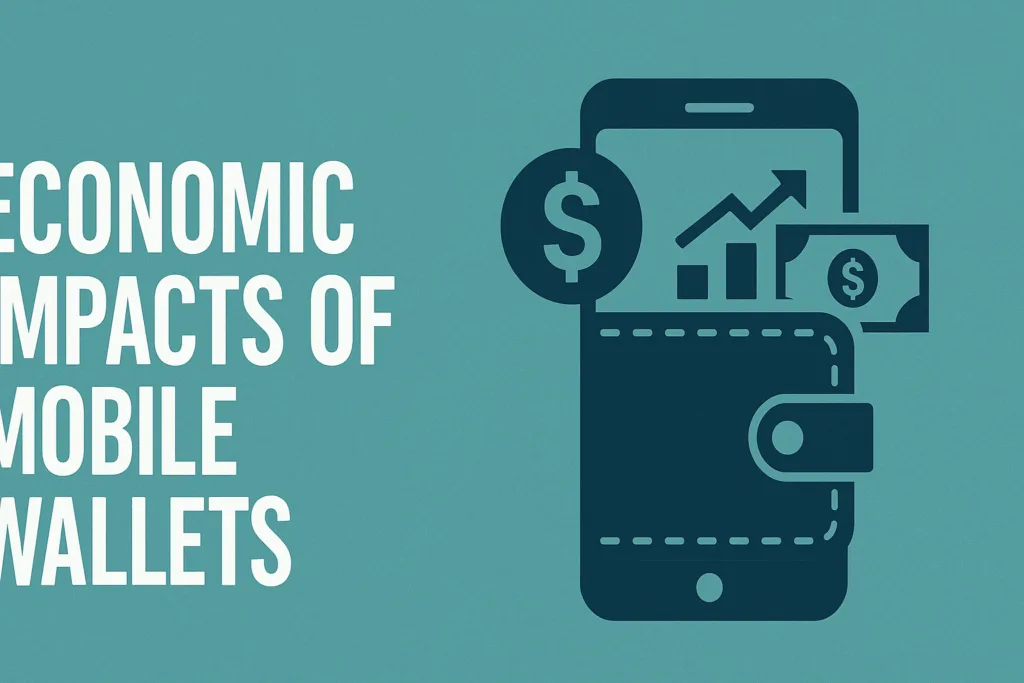
Digital wallet adoption in Latin America by 2025 is reshaping the region’s economic landscape, driven by e-commerce growth and financial inclusion.
From 2020 to 2025, mobile wallet usage in Latin America is projected to surge by 166%, fueled by the expansion of e-commerce and a shift from cash-based transactions.
Mobile wallets have become integral to both online and in-store transactions, offering consumers convenience and security. In 2023, digital wallets accounted for 21% of regional e-commerce spending, with projections indicating a compound annual growth rate of 21% through 2027.
These digital payment solutions are crucial for financial inclusion, particularly in emerging markets with limited traditional banking infrastructure. By providing access to financial services via smartphones, mobile wallets are empowering underbanked populations and fostering economic participation.
E-commerce Growth
Digital wallet adoption in Latin America by 2025 is significantly impacting e-commerce growth across the region.
In Argentina, digital wallets captured 31% of e-commerce payments in 2023, reflecting a steady increase in their market share. This growth is attributed to the convenience and speed offered by digital wallets.
In Mexico, debit cards remain the dominant payment method for e-commerce transactions, accounting for 38% of the transaction volume. However, digital wallets are gaining traction, with a 10% share of the e-commerce market. This indicates a growing acceptance of digital wallets among Mexican consumers.
The rise of digital wallets is significantly influenced by increased smartphone adoption for more seamless, cost-effective payment methods across Latin America. As smartphone penetration continues to rise, consumers are increasingly turning to digital wallets for their convenience and efficiency.
Fintech companies and improved digital infrastructure are driving the rapid digital transformation of payment systems in Latin America, outpacing other regions globally. Innovations in payment technologies are enabling faster and more secure transactions, further accelerating the adoption of digital wallets in the region.
In summary, the growth of digital wallets is reshaping the e-commerce landscape in Latin America, driven by technological advancements and changing consumer preferences. Go check out our post on How Real-Time Payments Are Changing E-Commerce in 2025 to learn more.
Impact on Traditional Cash Usage
Digital wallet adoption is significantly reducing traditional cash usage, reshaping consumer payment behaviors across the region.
In 2023, debit card use in Latin America surpassed cash payments, capturing over 35% of in-person transactions compared to 30% for cash. This shift indicates a growing preference for digital payment methods over traditional cash.
Despite the rise of digital wallets, cash remains prevalent, particularly in regions like Colombia, where mobile wallet adoption is less than one-third among internet users. This highlights the ongoing reliance on cash in certain areas.
The surge in mobile wallet usage signifies a notable shift from cash, with mobile-first financial tools being increasingly adopted for everyday transactions. This trend underscores the growing acceptance of digital payment solutions.
Traditional cash usage is being challenged by comprehensive digital wallet ecosystems, which offer consumers more convenient, secure methods for managing daily transactions. These ecosystems are facilitating a transition towards cashless societies.
Mobile wallet adoption in major Latin American countries has become significant enough to start competing with cash-based transactions as the default payment method among consumers. This marks a pivotal moment in the evolution of payment preferences.
In summary, while cash remains a dominant payment method in certain regions, the rapid adoption of digital wallets is driving a significant shift towards cashless transactions across Latin America. This transformation is reshaping the economic landscape and consumer behaviors in the region.
Financial Inclusion for MSMEs
Digital wallet adoption Latin America is helping many small businesses and people get better access to financial services. Initiatives like PIX in Brazil and CoDi in Mexico offer fast payments and reduce the need for cash. This makes it easier for informal businesses to join the digital economy.
Digital wallets allow users to open accounts and make payments without visiting banks. This removes barriers for those who did not have access to traditional banking.
Also, mobile internet now reaches over 65% of Latin America’s population. This widespread access supports mobile-first financial plans that reach more people.
Governments are helping by investing in broadband and supporting programs that expand digital financial services to underserved markets.
Platforms like Mercado Pago play a key role in making it possible for small businesses and individuals to participate in the economy without needing a traditional bank account.
Together, these changes show how digital wallet adoption in Latin America 2025 is boosting financial inclusion for MSMEs.
Government and Fintech Initiatives
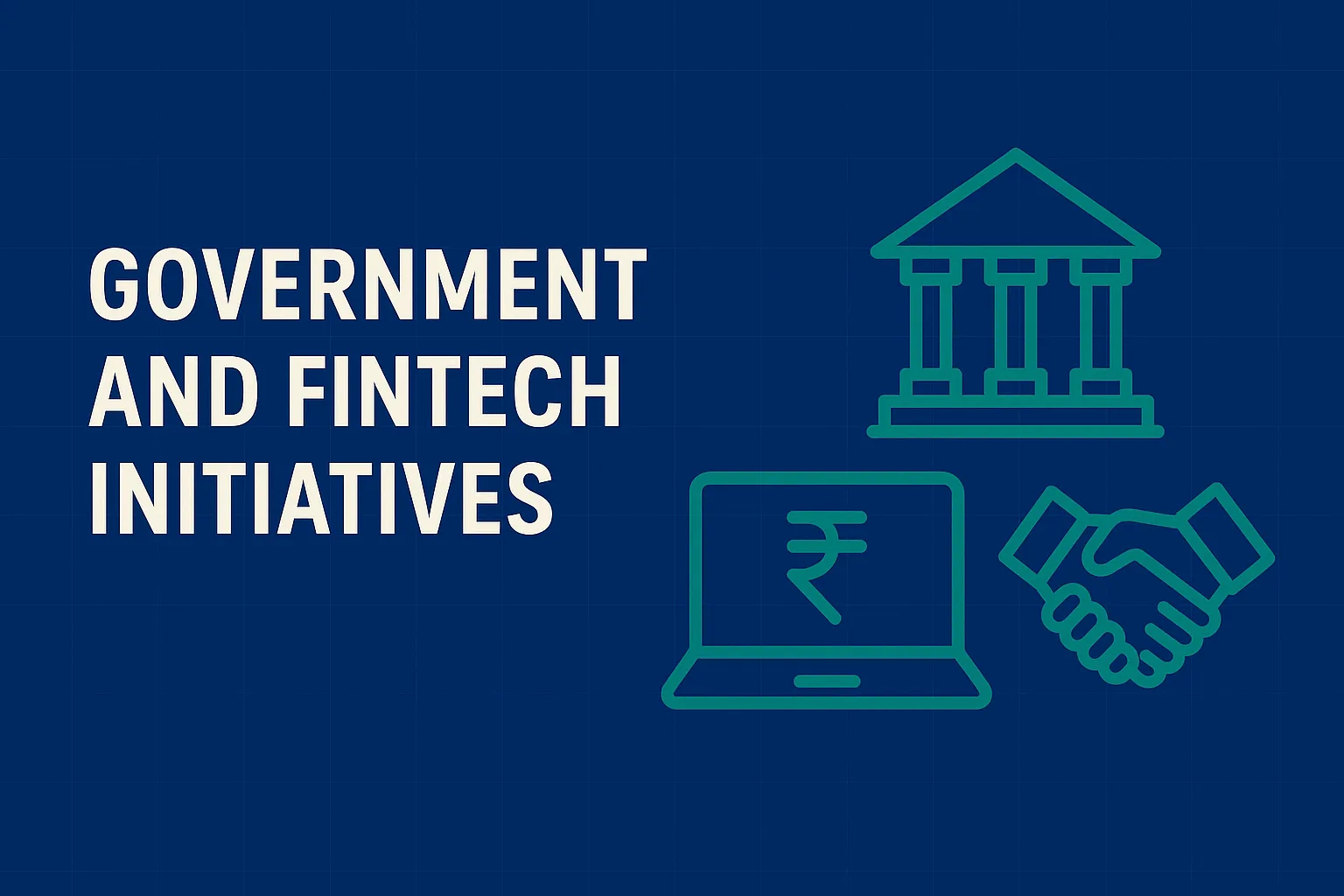
Digital wallet adoption Latin America is supported strongly by government actions. Countries like Mexico, Brazil, and Chile have updated their rules to help fintech grow quickly. These new rules across Latin America encourage more fintech companies to develop and offer services.
At the same time, fintech growth combines big global trends with local needs. This mix pushes businesses and professionals to change how they work. Governments also back fintech and mobile payments, which helps e-commerce grow faster. Today, most online shopping in the region happens on smartphones.
Moreover, government programs focus on increasing digital inclusion. They bring mobile-first financial services to areas where banks are not easily available. These efforts make digital wallets more useful and accessible to more people.
Overall, government and fintech initiatives together drive the rise of digital wallet adoption in Latin America 2025.
Policy Support and Regulations
Each Latin American country has its own financial rules and compliance needs. These rules affect digital wallet providers that want to operate in multiple countries. For example, Brazil requires strict compliance with Central Bank rules through the PIX system. Meanwhile, Argentina’s digital wallet services face frequent changes due to policies on currency exchange and capital controls. In Mexico, fintech companies must get licenses under the Fintech Law. This law includes strong anti-money laundering requirements. Navigating these diverse rules makes digital wallet adoption Latin America 2025 more complex for providers working region-wide.
Emerging Fintech Ecosystem
Several fintech companies in Latin America lead digital wallet innovation. Many now expand their services into the B2B market. Mobile wallets are growing fast and helping boost e-commerce. Smartphones account for two-thirds of online retail sales in the region. Regulatory reforms in countries like Mexico, Brazil, and Chile have made fintech growth possible. Mobile-first financial solutions reach areas with little traditional banking access. This approach helps many people who are underbanked. Together, these factors support the continued rise of digital wallet adoption Latin America 2025.
Challenges and Considerations
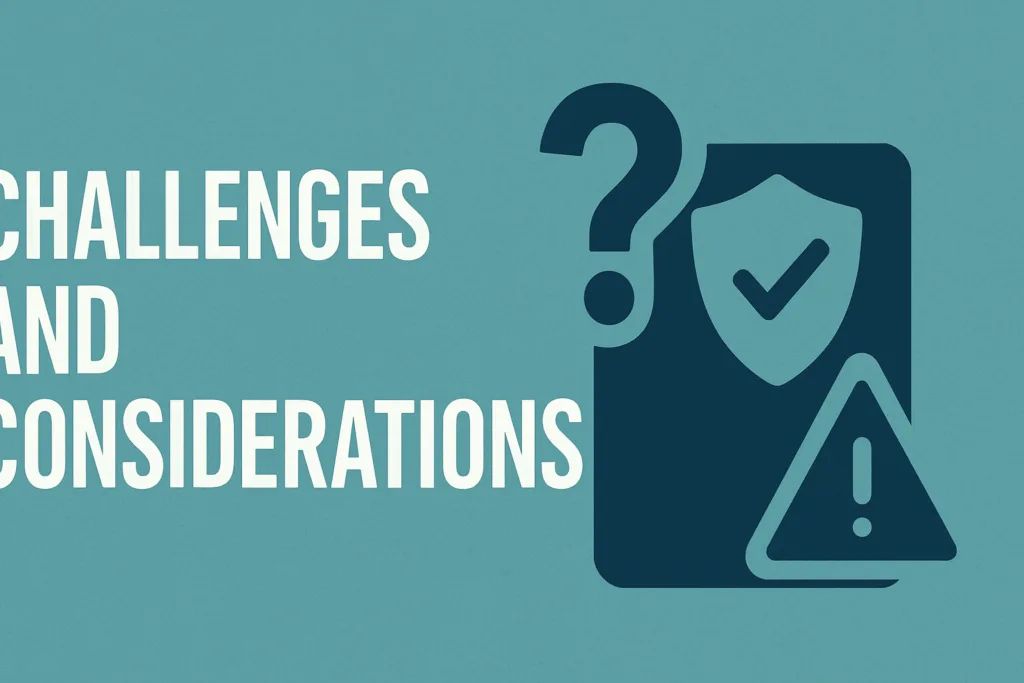
Digital wallet adoption Latin America 2025 faces uneven growth across countries. Regulations are complex and fragmented, making expansion difficult. In some places like Colombia, many banked users still prefer cash or cards over mobile wallets. However, digital payments are expected to grow strongly by 2030. They will make up nearly half of in-store transactions and two-thirds of e-commerce purchases. Mobile wallets also help boost financial inclusion in areas with limited banking options. Despite challenges, mobile wallets are one of the fastest-growing payment methods. They accounted for 21 percent of regional e-commerce spending in 2023.
Security Concerns
However, digital wallet adoption Latin America 2025 faces varied growth patterns that impact security. In some countries, users still prefer cash because they fear digital fraud. Moreover, emerging markets with weak banking infrastructure face more security hurdles. As mobile wallets expand rapidly, users may face new risks from evolving technologies. Providers now add security features like chargeback-free transactions to reduce fraud and build trust. Overall, strong security measures remain crucial for wider digital wallet adoption.
Infrastructure and Accessibility Issues
Mobile-first financial solutions help fix limited banking infrastructure and bring services to underserved areas. However, many regions still lack reliable internet and mobile networks. Young people often turn to digital wallets where banks are not near them. In some markets, mobile wallets now outpace debit card use, showing a clear shift to digital solutions. Yet growth varies widely, as some economies stick with cash longer. Countries like Colombia, Chile, and Peru are slowly increasing mobile wallet use despite these infrastructure challenges. digital wallet adoption Latin America 2025 will depend on solving these access issues.

